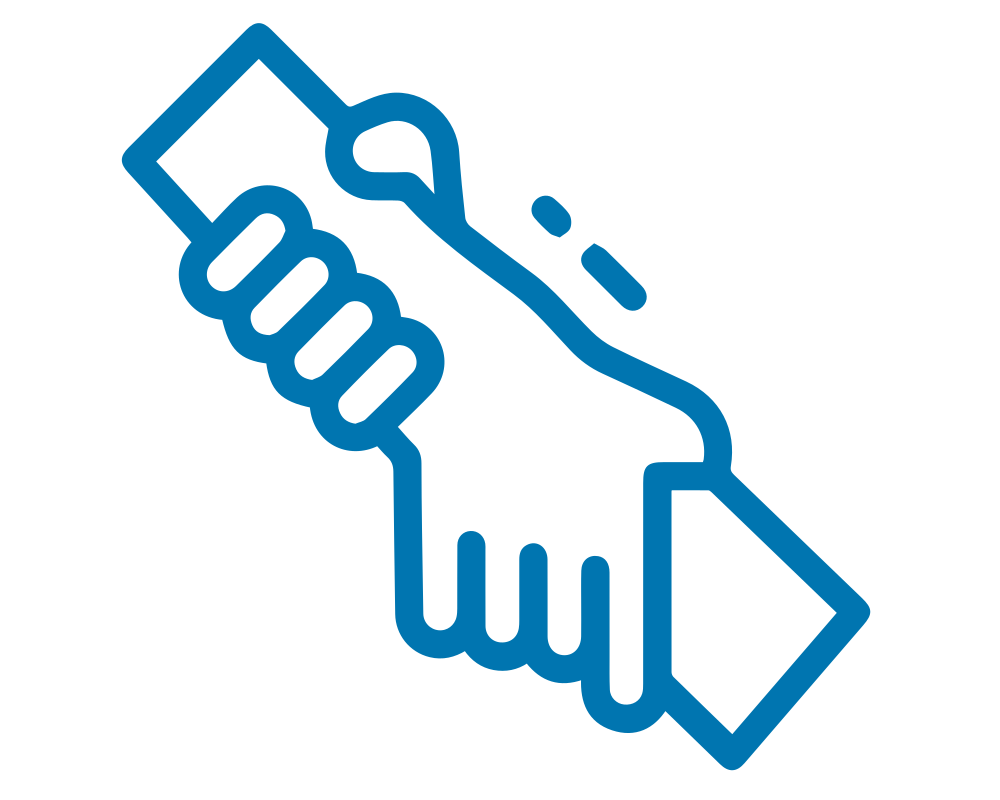Maintaining your mountain bike
Servicing your bike will keep all of its parts working for as long as possible and ensure you have the most fun when riding. Aside from the aesthetic aspect of having a clean bike, failing to service it can lead to problems, and problems lead to accidents: jammed cables, rust, leaks, premature wear, etc.
Good maintenance is good for your performances, while your bike's parts will also last longer, which means a lower environmental impact.
As soon as you start using the bike, some components will move slightly.
This is why we offer a free tune-up of your mountain bike within six months of purchase.

























